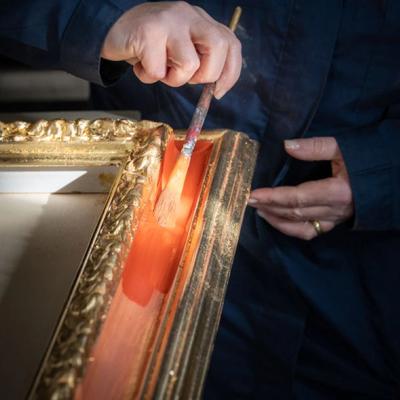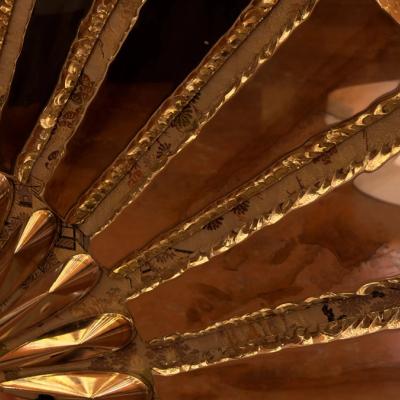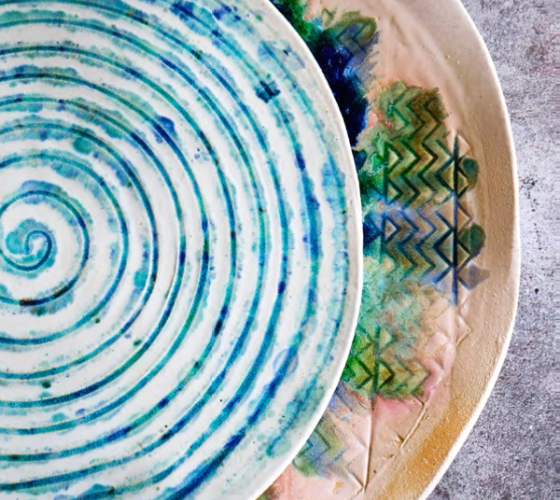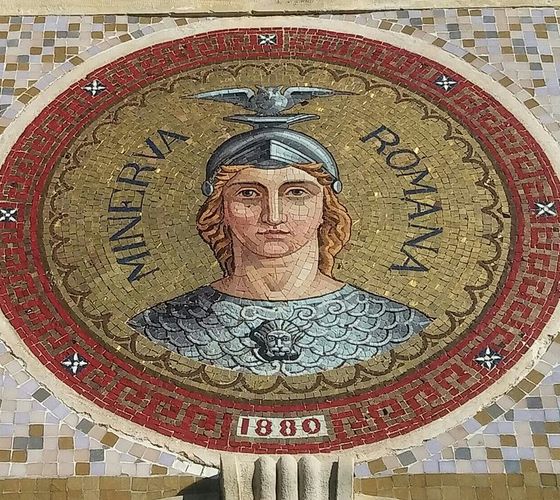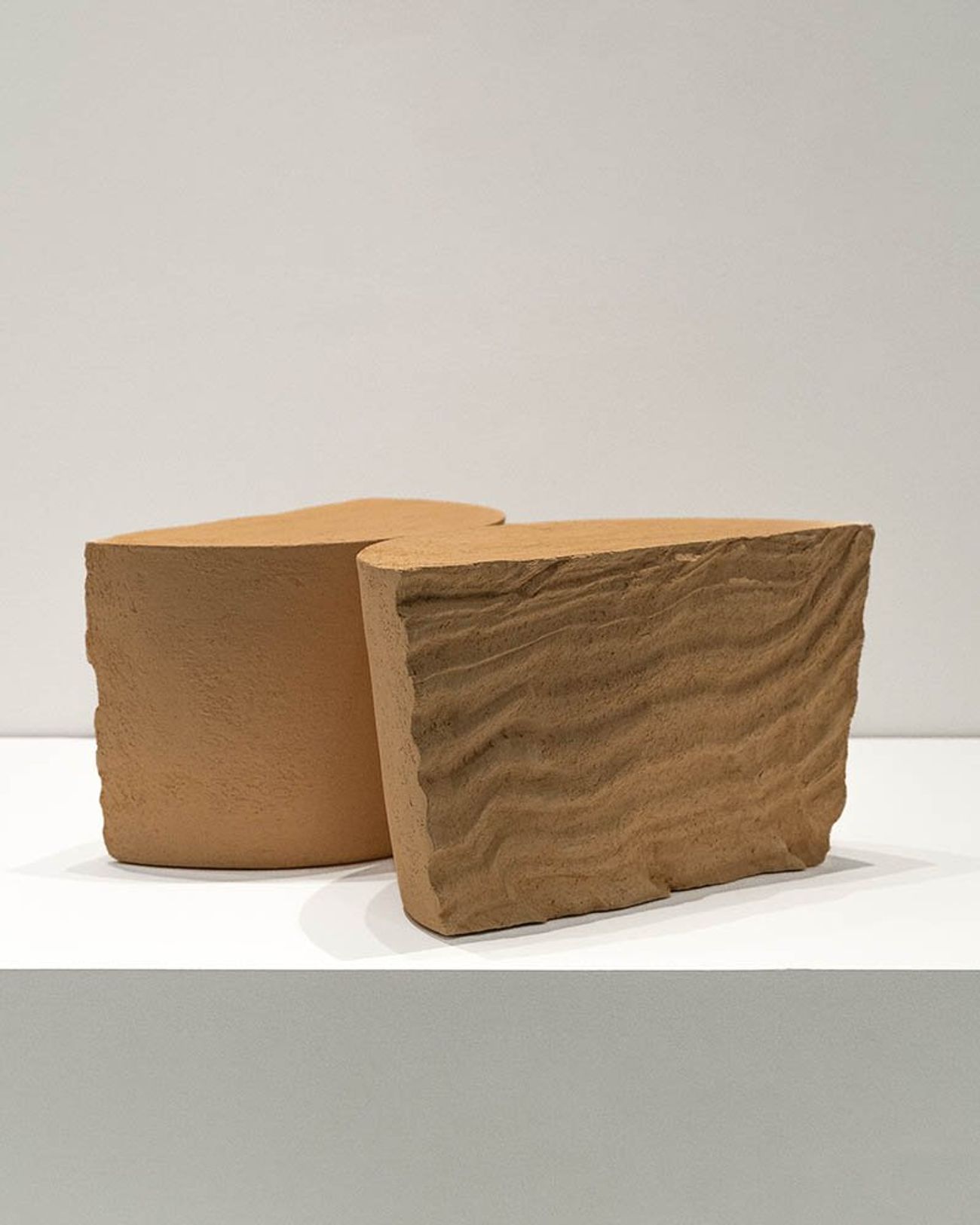
Exploring the Contemporary Italian Ceramic Landscape
Italy has long been celebrated for its rich artistic heritage, with ceramics playing a central role in the country's cultural tapestry. The FAVENTIA exhibition, held in Milan from January 12, 2024, to January 11, 2025, offers a captivating journey into the world of contemporary Italian ceramic art. Curated by Roberto Lacarbonara and Gaspare Luigi Marcone, FAVENTIA showcases the work of twelve Italian artists, each contributing their unique perspective to the timeless medium of clay.
This exhibition serves as a testament to the enduring allure of ceramics, highlighting its capacity for innovation and reinvention in the modern era. Against the backdrop of Milan, a city renowned for its contributions to design and art, FAVENTIA presents a compelling narrative of tradition meeting innovation, as seen through the lens of Italian ceramic craftsmanship.
Gianni Caravaggio - Rediscovering Archetypes in Clay
Gianni Caravaggio, born in Rocca San Giovanni in 1968, emerges as a prominent figure in the FAVENTIA exhibition with his striking piece, "Coppia con sentimenti antichi" (Couple with Ancient Feelings), created in 2016. Caravaggio's work encapsulates a profound exploration of archetypes and primal human experiences, realized through the tactile medium of refractory pink clay.
"Coppia con sentimenti antichi" invites viewers into a dialogue with timeless themes of love, duality, and existential longing. Caravaggio's sculptural technique, characterized by the division of a cylindrical clay form, symbolizes the inherent fragmentation of human relationships and the perpetual quest for unity and understanding. Through his meticulous craftsmanship and nuanced symbolism, Caravaggio channels the spirit of classical mythology, evoking echoes of Plato's Symposium and biblical narratives of creation and separation.
Liliana Moro - Revitalizing the Still Life Genre
Liliana Moro, a Milanese artist born in 1961, brings a contemporary perspective to the timeless genre of still life with her evocative work, "Still Life," crafted in 2020. Utilizing terracotta imbued with quince leaf and engobe, Moro transforms mundane subjects into vessels of profound metaphor and symbolism.
In "Still Life," Moro presents two white pomegranates, stripped of their conventional associations and imbued with a sense of fragility and impermanence. Through her exploration of this ancient fruit, steeped in mythological and religious significance, Moro delves into themes of abundance, sacrifice, and the passage of time. By leaving the pomegranates partially hollowed and punctured, Moro invites contemplation on the vulnerability inherent in existence, as well as the potential for renewal and transformation.
Moro's choice of materials, including the use of a genuine quince leaf, adds layers of meaning to her composition, invoking themes of transience and the cyclical nature of life. Through "Still Life," Moro bridges the gap between past and present, offering viewers a poignant meditation on the complexities of human experience.
Lorenza Boisi - Exploring Fragmentation and Memory
Lorenza Boisi, born in Milan in 1972, confronts themes of memory, decay, and resilience in her sculptural series, "Ondulux," created between 2017 and 2024. Drawing inspiration from childhood memories of a violent meteorological event, Boisi's work transforms the familiar form of corrugated metal into a potent symbol of human experience.
"Ondulux" comprises fragmented ceramic slabs, reminiscent of weathered metal sheets, bearing the scars of time and adversity. Through her meticulous craftsmanship and keen attention to detail, Boisi captures the essence of impermanence and transformation, inviting viewers to reflect on the interconnectedness of past, present, and future.
By infusing her sculptures with personal narrative and emotional resonance, Boisi transcends the boundaries of traditional ceramic art, blurring the line between object and memory. Through "Ondulux," Boisi pays homage to the resilience of the human spirit, celebrating the enduring power of creativity to transcend adversity and shape our collective understanding of the world.
The Significance of Faenza in Contemporary Ceramic Art
Faenza, renowned as a center of ceramic artistry since ancient Roman times, continues to play a pivotal role in the development of contemporary ceramic art. As the birthplace of the FAVENTIA exhibition, Faenza serves as a nexus of artistic innovation and tradition, fostering dialogue between past and present, local and global.
The city's rich cultural heritage, embodied by institutions such as the MIC Museo Internazionale delle Ceramiche and the Premio Faenza, provides a fertile ground for artistic exploration and experimentation. Through initiatives like FAVENTIA, Faenza reaffirms its status as a vibrant hub of creative activity, attracting artists from diverse backgrounds and disciplines to engage with the timeless medium of clay.
By showcasing the work of both established masters and emerging talents, FAVENTIA celebrates the enduring legacy of Faenza's ceramic tradition while charting new territories in contemporary artistic expression. Through its annual presentation of innovative sculptures and installations, FAVENTIA invites audiences to rediscover the boundless potential of ceramic art and its capacity to evoke profound emotions and ideas.
Reflecting on the Legacy of Italian Contemporary Ceramic Art
As we conclude our journey through the FAVENTIA exhibition, we are left with a profound appreciation for the rich tapestry of Italian contemporary ceramic art. From Gianni Caravaggio's exploration of archetypal themes to Liliana Moro's reinterpretation of the still life genre and Lorenza Boisi's innovative approach to materiality, each artist has offered a unique perspective on the timeless medium of clay.
Through their diverse works, we witness the convergence of tradition and innovation, craftsmanship and conceptual rigor, myth and modernity. These artists engage with ceramics not merely as a material, but as a means of exploring the complexities of human experience, from the existential to the ephemeral.
Moreover, the FAVENTIA exhibition serves as a testament to the enduring vitality of the Italian ceramic tradition, rooted in the ancient city of Faenza and perpetuated by generations of artists, artisans, and innovators. As the exhibition continues to unfold over the coming months, it will undoubtedly inspire new generations of ceramic artists to push the boundaries of the medium and explore uncharted territories of creativity.
In celebrating the past, present, and future of Italian contemporary ceramic art, we honor the legacy of those who have shaped this vibrant artistic landscape and look forward to the continued evolution of this timeless craft. Through exhibitions like FAVENTIA, we are reminded of the power of art to transcend boundaries, unite cultures, and illuminate the human condition.
